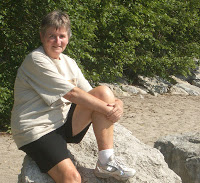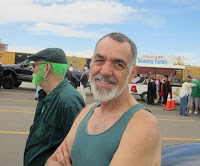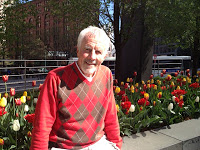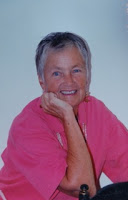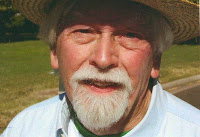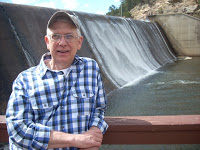In the UK there is an expression, the Fortunate Fifty, referring to only fifty villages in the country, which did not lose even one man to the horrors of the First World War. Every other village has a war memorial, portraying a long list of those from the village killed in World War One, with a sad addendum below of those killed in World War Two. The second list is, thankfully, usually much shorter than the first.
The First World War was one of the deadliest in the history of mankind, with estimates of total deaths ranging from ten to fifteen million. In small villages it was so devastating because at that time all the men from the village served together, and frequently died together, so in many cases a village’s husbands, sons, brothers, sweethearts and neighbors all died on the same day, leaving the village essentially bereft of an entire generation of young men.
I was walking past one of these ubiquitous memorials one day, in some village in the north of England, I don’t even remember where I was or why.
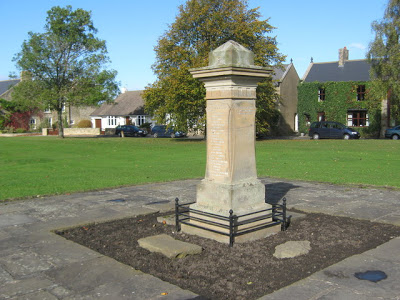 |
| Tudhoe Village War Memorial, United Kingdom Photo by Peter Robinson used with permission. |
I glanced at the tall granite pillar with the usual almost unbelievably long list of names, and an old farmer shuffled up to me. The tip of his gnarled old stick bumped down the names engraved in the stone.
“Aye, but we showed the buggers!”
He stabbed his cane at the more recent list below,
“And then we showed the buggers again!”
He stomped off with evident satisfaction.
My mind turned to those old, grainy, jerky, black and white films taken in the trenches.
Did that young man, so fresh from his father’s farm, now lying in agony over the barbed wire of no-man’s-land, gasp with his dying breath,
“Aye, but we showed the buggers!”
I doubt it.
Nor, I imagine, was it the last thought of the pilot of that Spitfire, plummeting to the ground in flames; he too injured to bail out.
In the nineteen-fifties I was on a train crossing northern France. We passed rows of identical white crosses. For miles and miles, they flowed up the hillsides and into the valleys. I had never seen such a sight. Nor have I since, come to that; just some of the countless dead of the First War. A French couple in the seat across from me waved their hands and jabbered animatedly. My French wasn’t good enough to get it all but I got the gist; a French version of,
“Aye, but we showed the buggers!”
When I spent some time at a volunteer job in St. Petersburg a few years ago, my young interpreter took me to the Siege of Leningrad Piskariovskoye Memorial Cemetery. Half a million of the estimated 650,000 people who died during the 900-day blockade, are buried here. From 1941 to 1944 the population, cut off from supplies and constantly bombarded by planes and ground guns, starved to death.
There are heartbreaking photographs from that time, and stories which my escort, visibly puffed up with patriotic pride, translated for me. Of course she had not even been born then, neither come to that had her parents, but that fervor burned from her eyes.
“Mother Russia will never give in!”
I pictured the starving mother, huddling in the corner of the cellar in the bitter cold of a Russian winter, cuddling her starving children. Did she feel that? She, and the other 650,000, were given no choice.
Katya was waving a dramatic arm and saying something in emphatic Russian.
Clearly some approximation of, “Aye, but we showed the buggers!”
It never fails to sadden me, this surge of patriotism that seems to overtake so many people, of any generation and gender, when contemplating memorials. How will we ever see an end to the need for memorials for the war dead, when, instead of shedding sufficient tears to make Niagara look like a trickle, we continue our attitude, in any language, of,
“Aye, but we showed the buggers!”
About the Author
I was born and raised in England. After graduation from college there, I moved to the U.S. and, having discovered Colorado, never left. I have lived in the Denver-Boulder area since 1965, working for 30 years at IBM. I married, raised four stepchildren, then got divorced after finally, in my forties, accepting myself as a lesbian. I have now been with my wonderful partner Betsy for 25 years.
